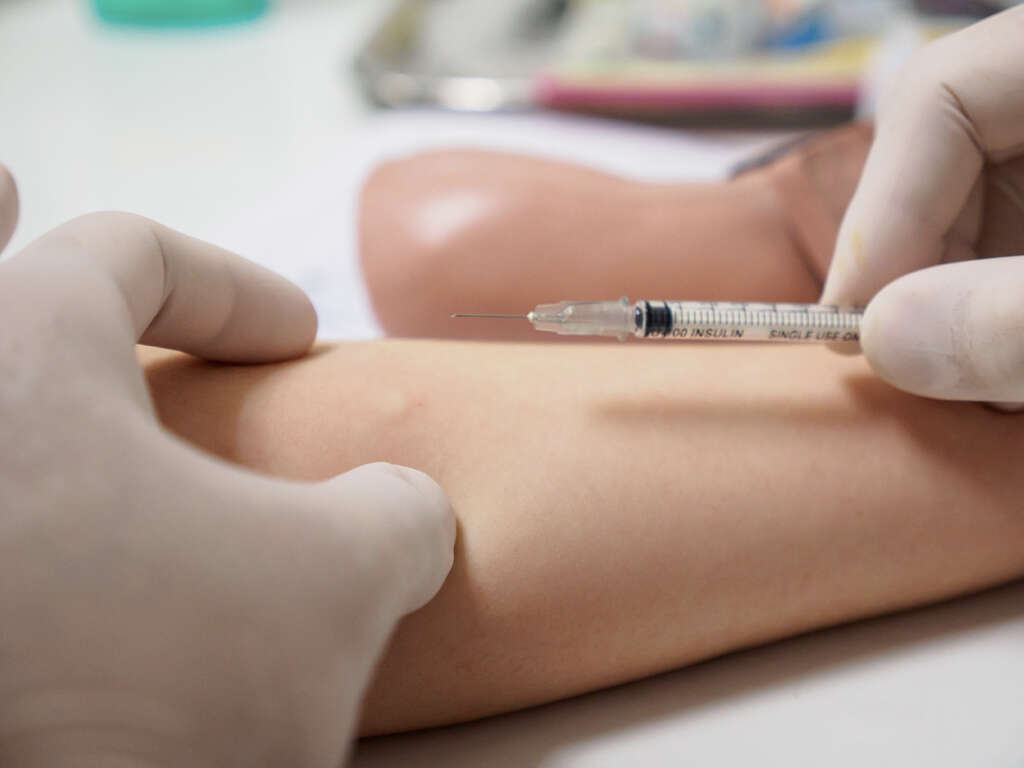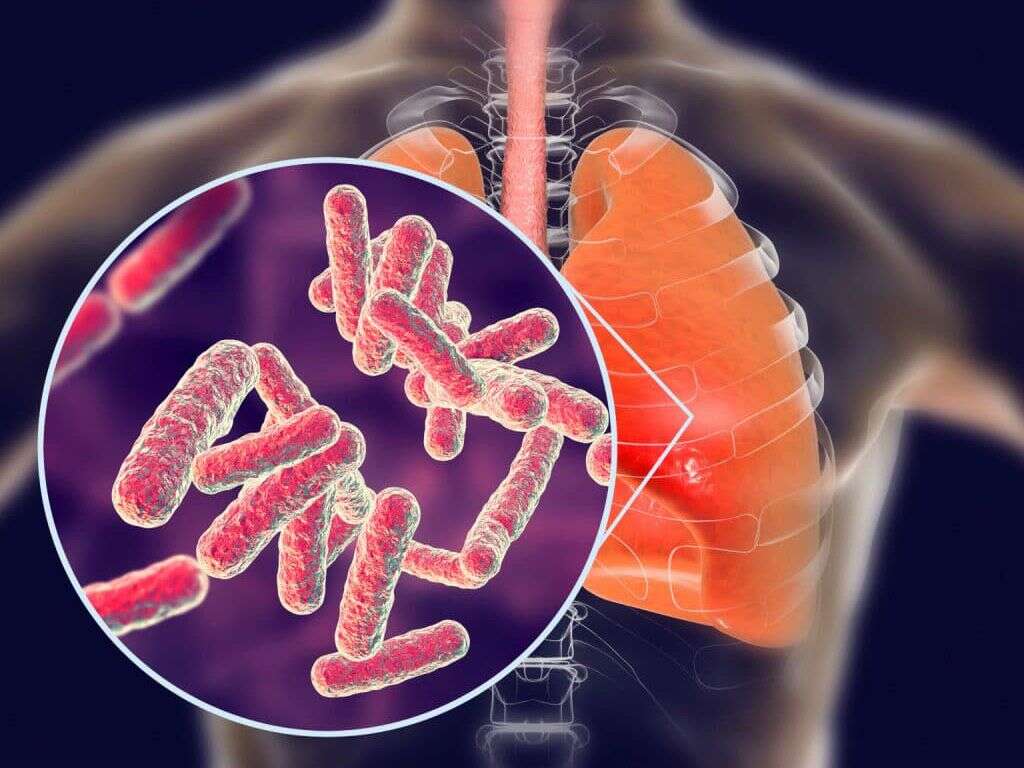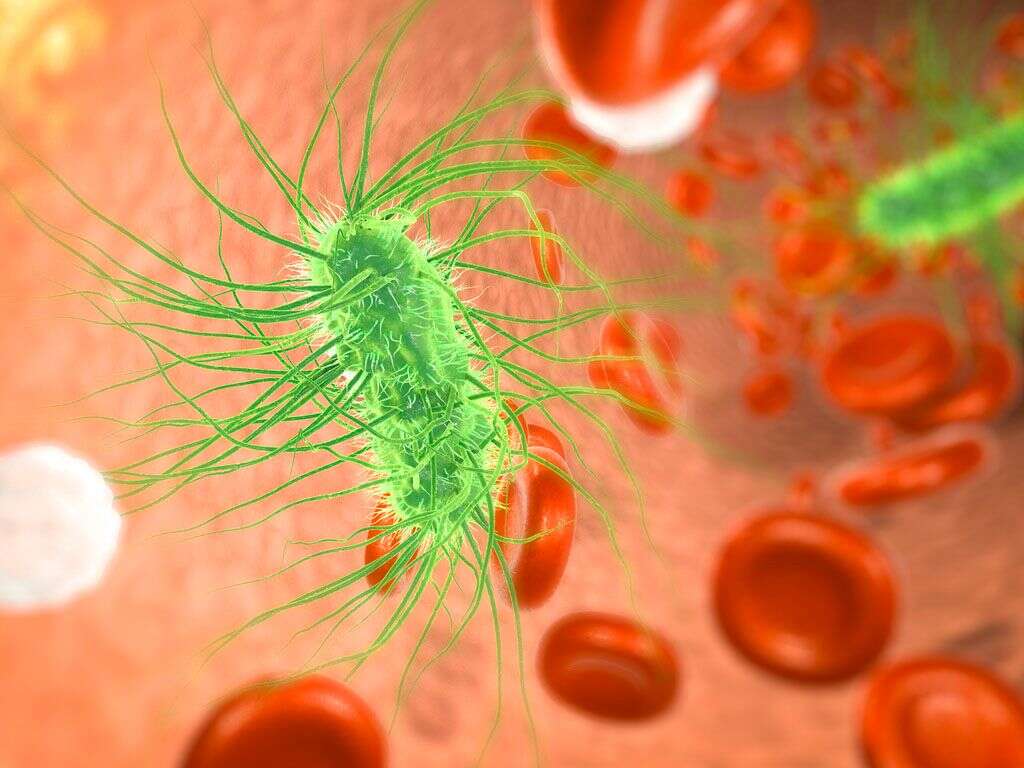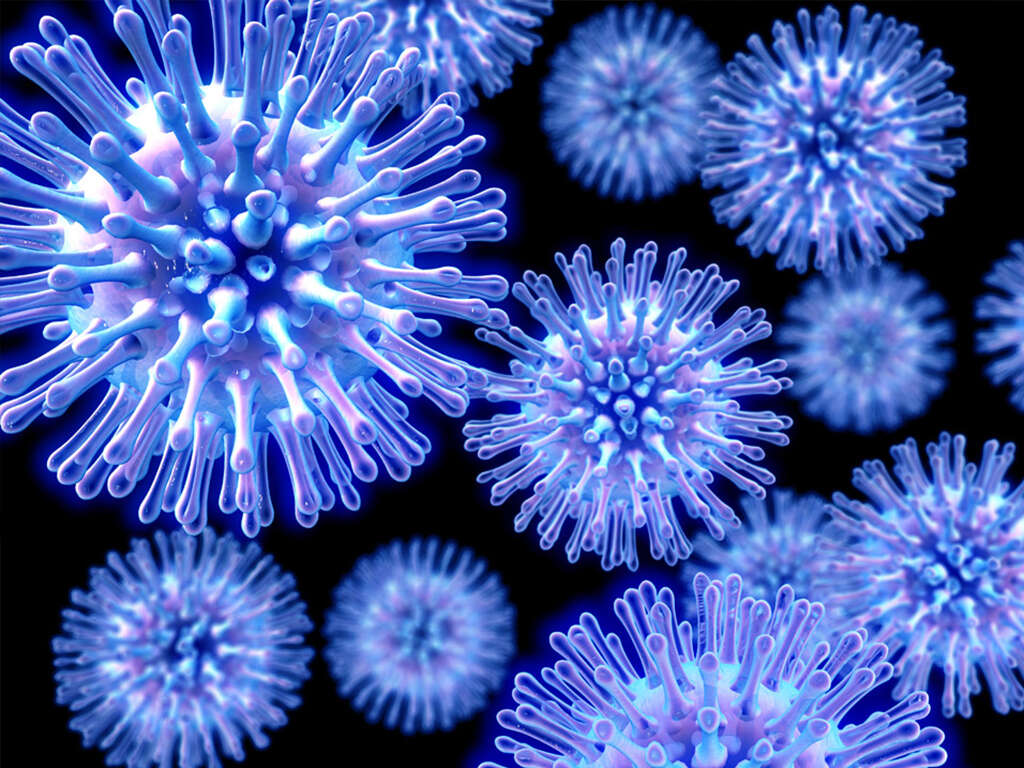What Is a Pathogen?
The term “pathogen” comes from the Greek word “pathos,” which means “suffering, passion, or producer of.” In the biological sense, a pathogen is anything that can cause disease. It can also be known as a germ or infectious agent. This term was used in the 1880s to describe infectious agents or microorganisms such as a virus, bacterium, fungus, prion, or protozoan.
Although small animals such as insect larvae and worms can also result in disease, they are often referred to as parasites instead of pathogens. The field where one studies microscopic organisms is known as microbiology. When it is regarding the study of parasites and their hosts, it is known as parasitology. A pathogen can invade a host via several pathways. Diseases caused by infectious diseases are therefore known as pathogenic diseases.
1. Pathogenicity
The term “pathogenicity” refers to the potential capacity to cause disease in pathogens. Some experts think of pathogenicity as a quantitative term. Pathogens can also be described based on their ability to colonize, enter tissue, produce toxins, immunosuppress, and hijack nutrients. It should not be confused with terms such as “virulence” and “transmissibility.” Virulence evolves when the pathogen spreads from a host.
Transmission can occur through various routes such as through blood, direct contact, sexual contact, airborne, and more. Horizontal transmission occurs when the disease spreads between the same species. Vertical transmission occurs when it transfers from the parent to the offspring. When it infects different species, it is known as a cross-species transmission or spillover.
2. Types of Pathogens - Viruses
Viruses are small particles containing RNA or DNA that usually measure between 20 to 300 nanometers in length. They replicate in the living cells of a host and can infect all life forms. Viruses can be found in almost every ecosystem on Earth.
A subspecialty of microbiology is the study of viruses, known as virology. Examples of diseases that are caused by viruses include measles, mumps, chickenpox, rubella, human immunodeficiency virus (HIV), Ebola, smallpox, and more. Viruses can spread through various pathways such as through vectors (dengue fever from dengue virus), fecal-oral route (viral gastroenteritis from rotavirus and norovirus), and sexual contact (HIV). Some well-known epidemics and pandemics include the 1918 flu pandemic, severe acute respiratory syndrome (SARS), Middle East respiratory syndrome (MERS), and novel coronavirus of 2019 (nCOV-2019).
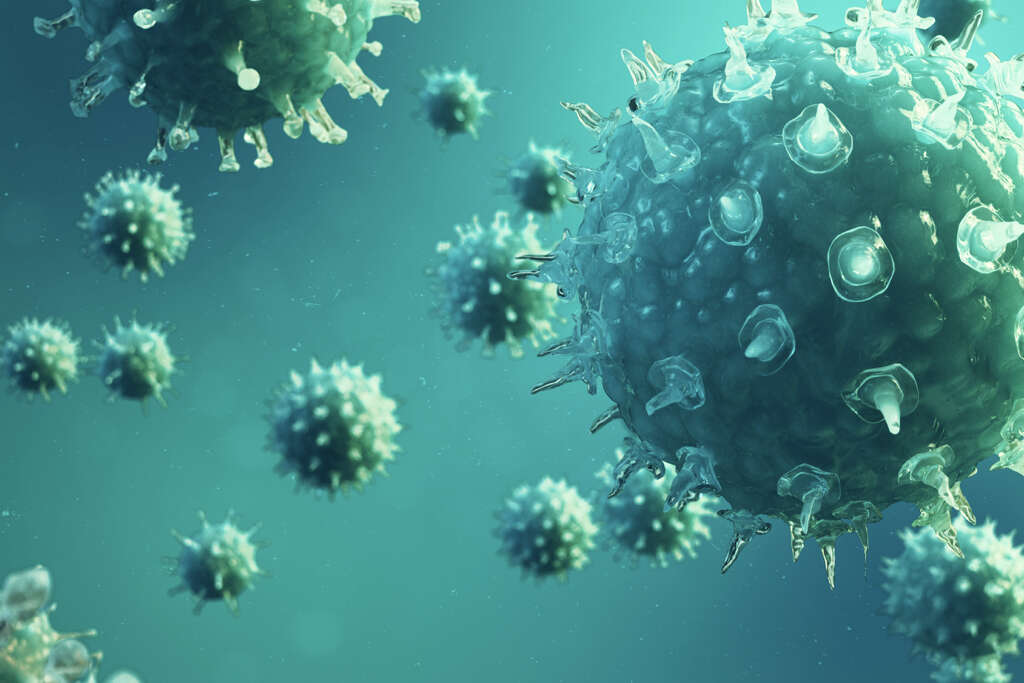
3. Types of Pathogens - Bacteria
Most bacteria are generally harmless or even beneficial to humans. However, there are some bacteria that can cause diseases by producing toxins that damage the cells, directly affecting host cells, or causing a strong immune reaction to damage the host cells. Tuberculosis is one of the bacterial diseases with the highest disease burden. It is caused by Mycobacterium tuberculosis and kills 2 million individuals annually.
Other pathogenic bacteria also causes diseases such as pneumonia (Pseudomonas and Streptococcus), tetanus (Clostridium tetani), typhoid fever (Salmonella), syphilis (Treponema pallidum), leprosy (Mycobacterium leprae or Mycobacterium lepromatosis), and diphtheria (Corynebacterium diphtheriae).
4. Types of Pathogens - Fungi
Fungi are eukaryotic organisms (organisms with a nucleus enclosed in membranes) such as molds and yeast. There are about 300 pathogenic fungi that can cause disease in humans. For example, the Candida species causes infection in those with a weakened immune system.
Aspergillus fumigatus and Aspergillus flavus are fungi that produce aflatoxins (which is both a carcinogen and toxin) and can contaminate foods such as nuts. Cryptococcus neoformans is a type of fungi that can cause meningitis or meningoencephalitis, especially among those with a HIV infection. Histoplasma capsulatum is most prevalent in India, southeastern Asia, and the Americas. It can cause histoplasmosis in humans, cats, and dogs through inhalation of contaminated air.
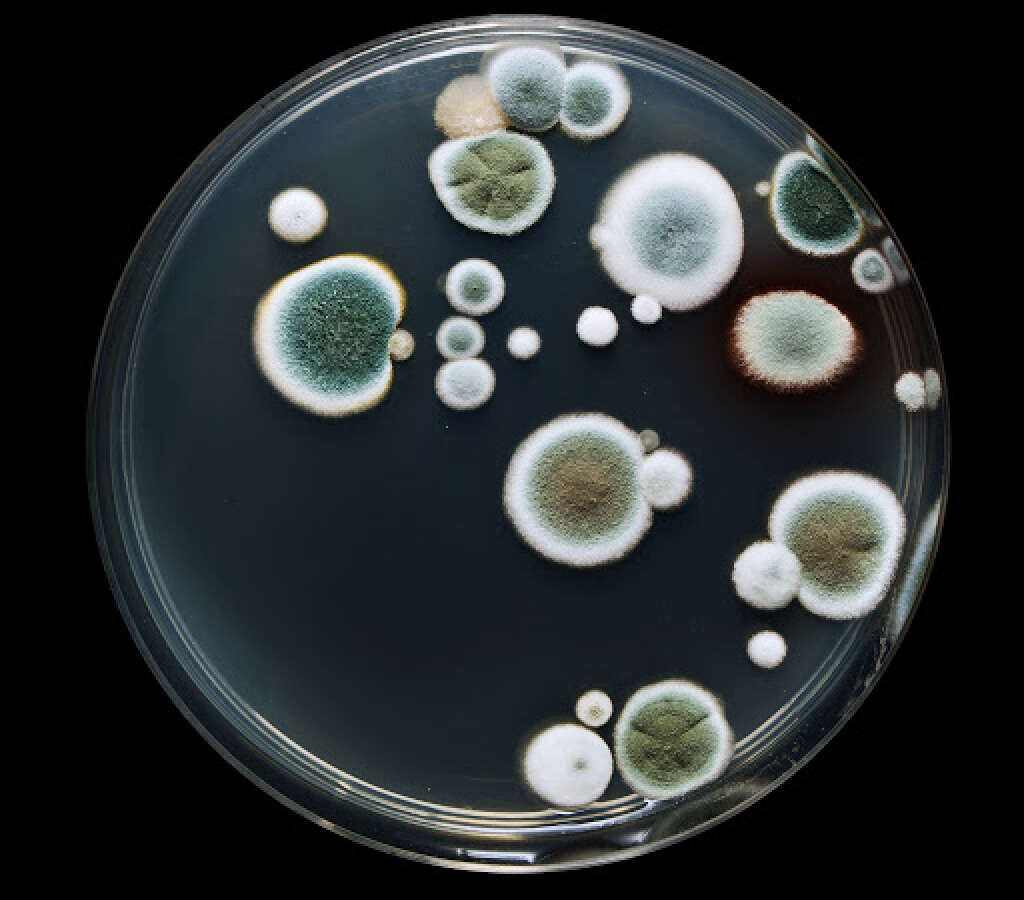
5. Types of Pathogens - Prions
Prions are misfolded proteins that can trigger normal proteins in the brain to fold abnormally. Prions have been found to cause several transmissible and fatal neurodegenerative diseases in humans and animals. Although little is known on how it happens, the abnormal protein is suspected of having infectious properties causing nearby protein molecules to collapse into the same shape. It sometimes spread to humans through infected meat products.
The commonest prion disease affecting humans is Creutzfeldt Jakob disease (CJD). Prion diseases are rare and are estimated to affect just 300 individuals in the United States annually. Other prion disease include Gerstmann-Strussler-Scheinker syndrome, kuru, and fatal familial insomnia.
6. Types of Pathogen - Parasites
Human parasites include worms and protozoa. Parasites can be broadly categorized into those that are internal (endoparasites) and external (ectoparasites). Endoparasites cause infection inside the body while ectoparasites cause infection superficially. Endoparasites transmit through cysts and eggs that can be found in feces.
The observation of basic cleanliness and hygiene helps reduce the probability of parasitic infections. Some examples of diseases caused by parasites that result in the most fatalities worldwide are malaria, leishmaniasis, cryptosporidiosis, amoebiasis, Chagas disease, African trypanosomiasis, schistosomiasis, ascariasis, cystic echinococcosis, and cysticercosis.
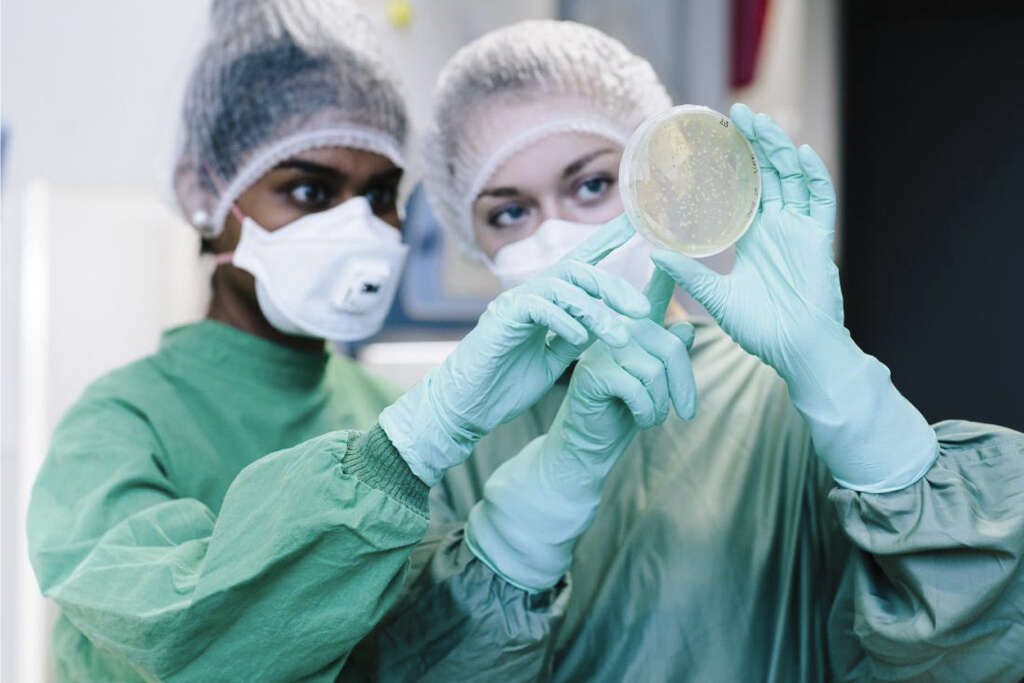
7. Common Pathogens in Soft Tissue and Skin Infections
Soft tissue and skin infections can be caused by many pathogenic microorganisms. It can be due to one or multiple pathogens. Some of the most significant pathogens are Staphylococcus aureus and Streptococcus pyogenes. Staphylococcus aureus is a skin commensal and can be found on the nose, groin, armpit, and many more areas.
The type of pathogen can also depend on the area affected. For example, gram negative bacilli would be found in abscesses found near the anus. For individuals who are immunocompromised, multiple pathogens or uncommon organisms such as Pseudomonas aeruginosa, Enterococcus, and beta-hemolytic streptococci may be the cause.
8. Common Bacterial Pathogens That Cause Community Acquired Pneumonia (CAP)
Community acquired pneumonia (CAP) is a common disease caused by Streptococcus pneumoniae, Moraxella catarrhalis, and Hemophilus influenzae. However, viral pathogens (influenza virus and human rhinovirus) are increasingly being identified as the cause of CAP. Individuals with CAP usually present with a productive cough, fever, breathlessness, and pleuritic chest pain (chest pain during breathing).
Although Streptococcus pneumoniae is the most common bacterial pathogen that causes CAP, its incidence is decreasing. This is thought to be potentially due to the availability of vaccinations and declining tobacco smoking. Patients with atypical CAP have more subtle symptoms. Pathogens causing atypical CAP include Mycoplasma pneumoniae, Chlamydophila pneumoniae, and Legionella pneumophila.
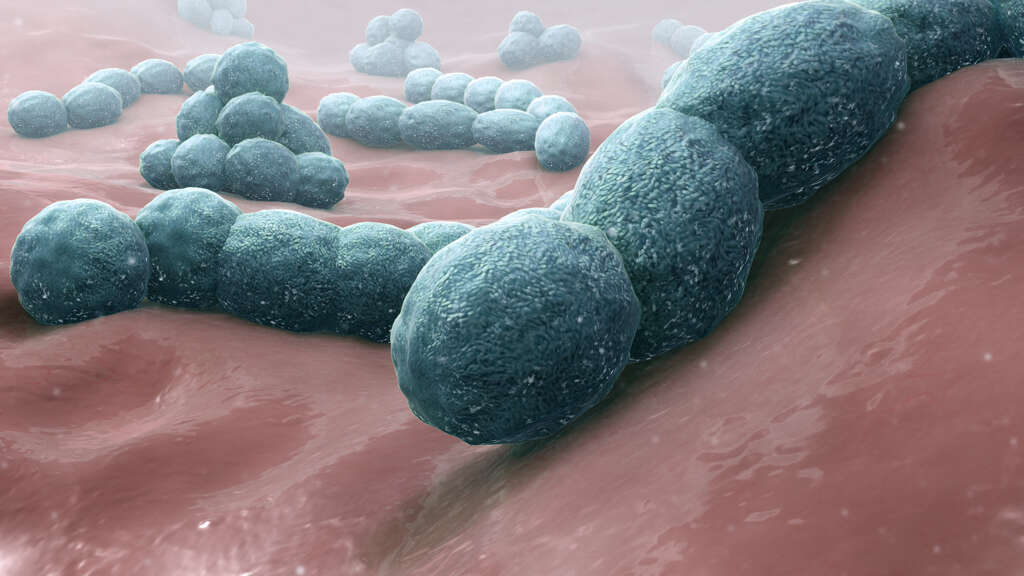
9. Treatment
The treatment of viral infections usually involves symptomatic treatment to allow the immune system to develop antibodies against the virus to clear the infection. However, in some cases, treatment such as antiretroviral therapy may be required.
Treatment of bacterial infections include the use of antibiotics such as amoxicillin, doxycycline, and ciprofloxacin. Different antibiotics are effective for different bacteria. However, due to the over prescription of antibiotics, some bacterial pathogens are now resistant to antibiotics and are increasingly hard to treat. Fungal infections can be treated with antifungal medication. Those on the skin such as ringworm and athlete’s foot can be treated using topical antifungals such as clotrimazole.
10. Prevention
Many vaccines are available for viral pathogens. Vaccines are a common and effective measure to prevent against many pathogens as they enable the immune system to be ready against a potential infection. Some vaccines that are available for viruses include those for the mumps, rubella, measles, and influenza virus.
Some bacterial infection can also be prevented through vaccination. These include the pneumococcal and anthrax vaccine. The general prevention of infections against most pathogens usually involves good hygiene such as regular hand washing, especially before eating or preparing food, after using the bathroom, and after dirty tasks such as gardening.



-06.jpg)

